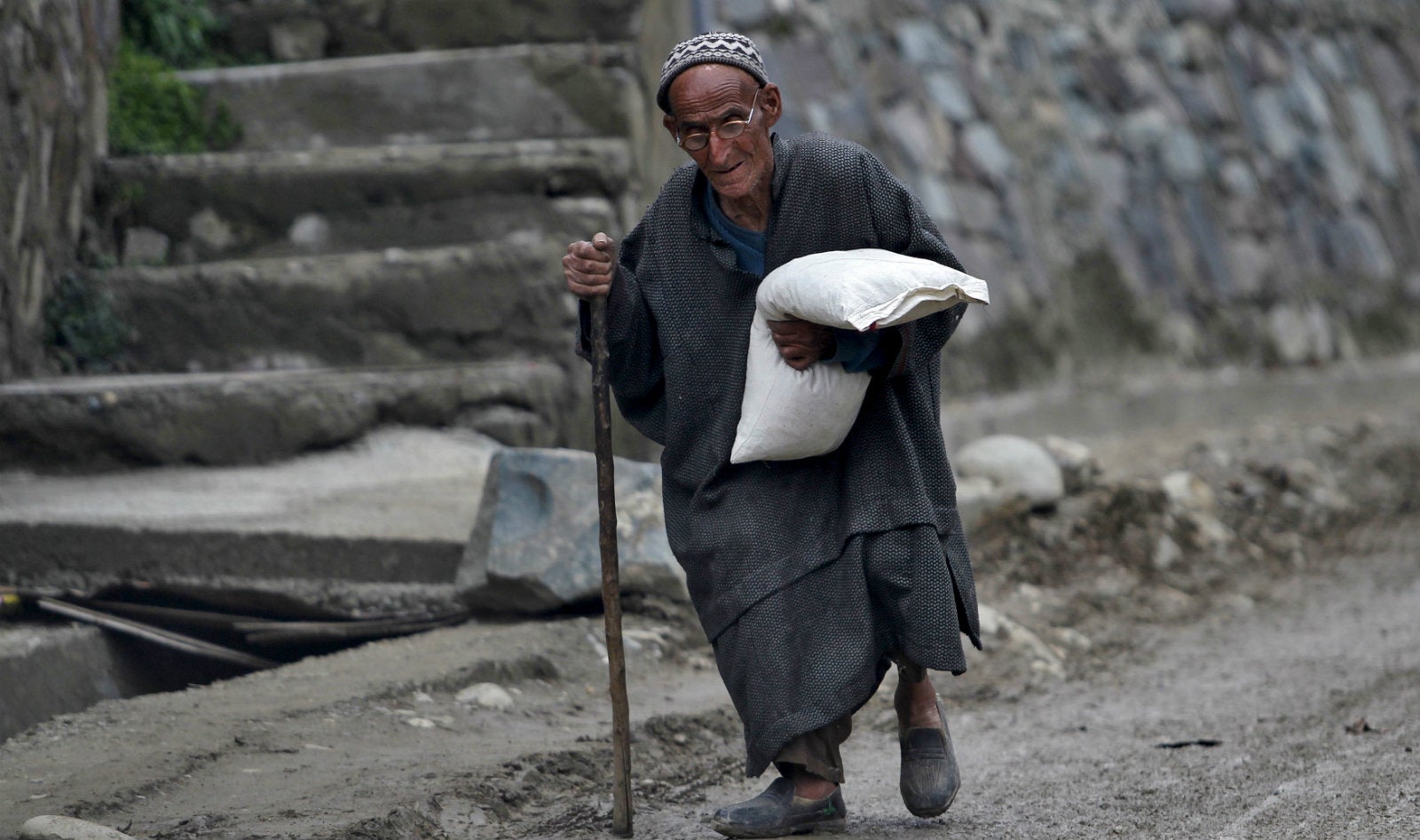India is the worst place in the world to retire
India’s pension system is broken, and retirement is a rough ride in Asia’s third largest economy.


India’s pension system is broken, and retirement is a rough ride in Asia’s third largest economy.
According to the 2015 Melbourne Mercer Global Pension Index, India ranks last among 25 countries when it comes to retirement income systems. The study, conducted by consultancy firm Mercer, is now in its seventh year and covers around 60% of the world’s population.
The study (pdf) measures pension systems against over 40 indicators such as savings, coverage of schemes, government debt and demography, among others.
India scored 40.3 on the index—lower than its score of 43.5 last year—and was graded ‘D’ along with China, Korea, Japan, and Indonesia. This grade indicates that the pension system has some desirable features but also has major weaknesses or commissions that need to be addressed, according to Mercer. The US scored 56.3 on the index, well below the average of 60.6. Denmark was right on top, scoring 81.7 on the index.
The primary reason for India’s dismal score is decrease in the household savings rate.
The Mercer report cites personal disposable income data from the Economist Intelligence Unit. This has been used to estimate the savings rate in India, which the report noted has “materially reduced”.
Moreover, the United Nations has revised life expectancies at birth for all countries, and India has seen one of the highest surge. The life expectancy at birth for Indians will increase to 75.9 years (pdf) by 2050, substantially higher than the current estimate of 69.1 years. This, in turn, has deteriorated India’s score as the expected duration of retirement has increased.
India’s increasing elderly
Already India has one of the world’s fastest growing elderly populations, and it is trying to step up its pension reforms.
In 2010, about 8% of India’s population was 60 years and above, which is estimated to increase to 19% by 2050, according to the United Nations Population Division. Yet, the number of elders covered by pension schemes is dismal.
“We spent 0.032% of our GDP (gross domestic product) on pensions. When we talk in terms of coverage, what are we looking at? India has 25% coverage by its own records. Nepal covers 47% of its population, China 74%,” Mathew Cherian, chief executive of HelpAge India, a non-profit organisation, told the Mint newspaper in February.
The Mercer study suggests that the overall index value for the Indian system can be improved by increasing the coverage of pension arrangement for the unorganised working class and introducing a minimum level of support for the poorest aged individuals.
About 80% of Indians are still without pension cover, a situation that the Narendra Modi government has sought to improve through schemes like the Atal Pension Yojana. Launched in May this year, the scheme aims to bring over 400 million Indians working in the unorganised sector under the pension umbrella.
Currently, India has an earning-related employee pension scheme, an employee provident fund scheme and other employer managed funds, which are voluntary and not compulsory, according to the Mercer report. For instance, the National Pension Scheme, launched in January 2004, is a contribution-based pension system. In a contribution-based pension system, an employee, employer or both contribute funds on a regular basis.
But clearly, none of that is enough if India must care of its elderly properly.